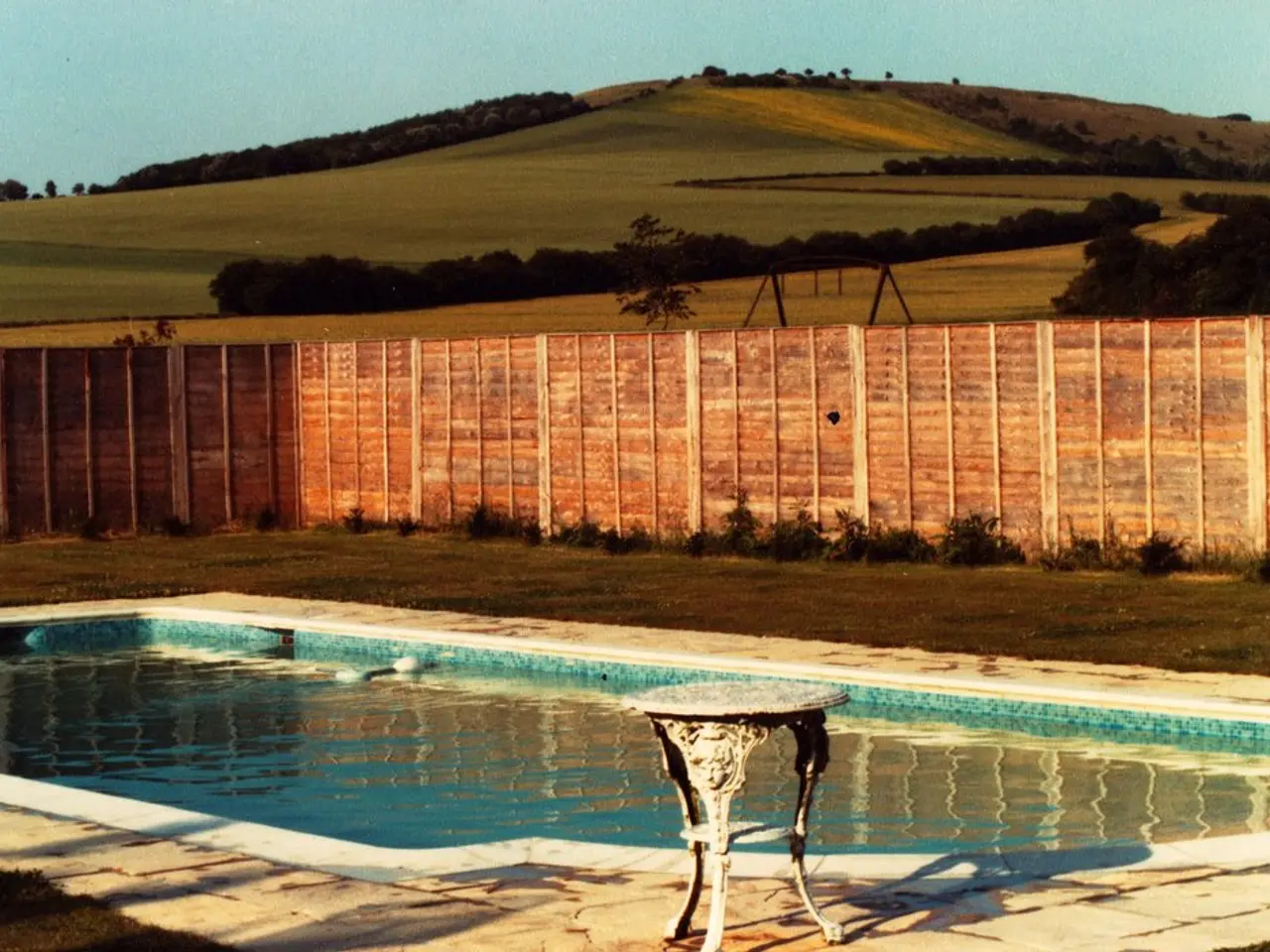Wild Swimming: Risks and Safer Alternatives
Wild swimming, though popular, poses risks due to untreated sewage and pollution in many outdoor waters. Despite this, swimming outdoors can offer stress relief and health benefits.
Untreated sewage regularly flows into seas, rivers, and lakes, leading to potential health hazards. Diarrhoea, often caused by sewage contamination, is the most common illness linked to open-water swimming. Additionally, blue-green algae blooms can release toxins harmful to humans and pets.
Swimming in a pool also carries risks, such as urinary tract infections and ear infections. Dirty pools can cause eye stinging and harbour various bacteria and germs. However, in Germany, officially maintained and regularly monitored open-air swimming pools are generally safer. These pools offer controlled water quality, lifeguard presence, and regulated safety standards, protecting against currents, pollution, and unpredictable natural hazards common in natural waters. For instance, the public outdoor pool in Gehrden is considered a safe swimming environment.
While wild swimming has surged in popularity, it's crucial to be aware of the risks, particularly from untreated sewage and pollution. Opting for officially maintained open-air swimming pools can significantly reduce these risks, providing a safer swimming experience.




